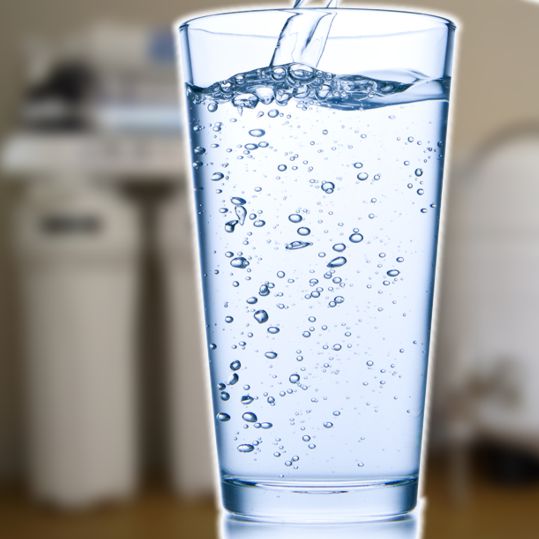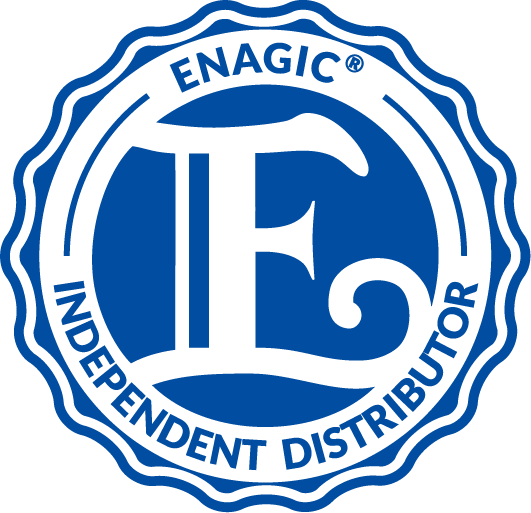Reverse osmosis water (RO WATER) is a water purification technology that uses a semipermeable membrane to remove ions,molecules, and larger particles from drinking water.

RO Water
Reverse osmosis (RO WATER) is a water purification technology that uses a semipermeable membrane to remove ions, molecules, and larger particles from drinking water. In reverse osmosis, an applied pressure is used to overcome osmotic pressure, a colligative property, that is driven by chemical potential differences of the solvent, a thermodynamic parameter. Reverse osmosis can remove many types of dissolved and suspended species from water, including bacteria, and is used in both industrial processes and the production of potable water. The result is that the solute is retained on the pressurized side of the membrane and the pure solvent is allowed to pass to the other side. To be “selective”, this membrane should not allow large molecules or ions through the pores (holes), but should allow smaller components of the solution (such as solvent molecules) to pass freely.
In the normal osmosis process, the solvent naturally moves from an area of low solute concentration (high water potential), through a membrane, to an area of high solute concentration (low water potential). The driving force for the movement of the solvent is the reduction in the free energy of the system when the difference in solvent concentration on either side of a membrane is reduced, generating osmotic pressure due to the solvent moving into the more concentrated solution. Applying an external pressure to reverse the natural flow of pure solvent, thus, is reverse osmosis. The process is similar to other membrane technology applications. However, key differences are found between reverse osmosis and filtration. The predominant removal mechanism in membrane filtration is straining, or size exclusion, so the process can theoretically achieve perfect efficiency regardless of parameters such as the solution’s pressure and concentration. Reverse osmosis also involves diffusion, making the process dependent on pressure, flow rate, and other conditions.
Reverse osmosis (RO WATER) is most commonly known for its use in drinking water purification from seawater, removing the salt and other effluent materials from the water molecules.
https://enagicindiakangenwater.in/price/
https://enagicindiakangenwater.in/alkaline-water-ionizer-enagic-india-kangen-water/
Drinking water purification
The reverse osmosis water filter process
Around the world, household drinking water purification systems, including a reverse osmosis step, are commonly used for improving water for drinking and cooking.
Such systems typically include a number of steps:
- a sediment filter to trap particles, including rust and calcium carbonate
- optionally, a second sediment filter with smaller pores
- an activated carbon filter to trap organic chemicals and chlorine, which will attack and degrade thin film composite membrane reverse osmosis membranes
a reverse osmosis filter, which is a thin film composite membrane - optionally, a second carbon filter to capture those chemicals not removed by the reverse osmosis membrane
- optionally an ultraviolet lamp for sterilizing any microbes that may escape filtering by the reverse osmosis membrane
- latest developments in the sphere include nano materials and membranes
Click, Like, Share and Follow our links
